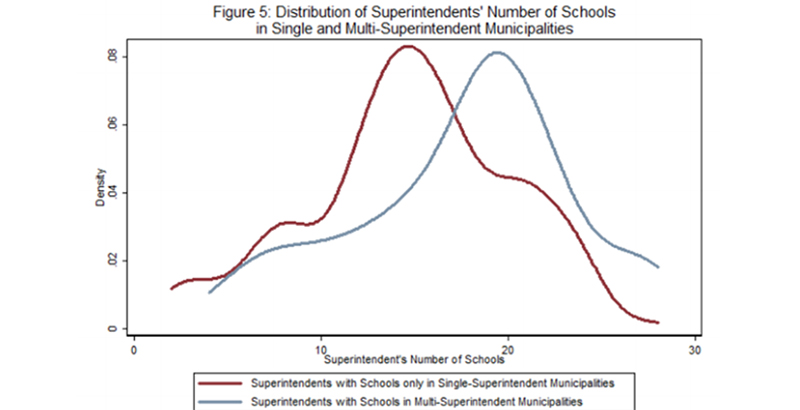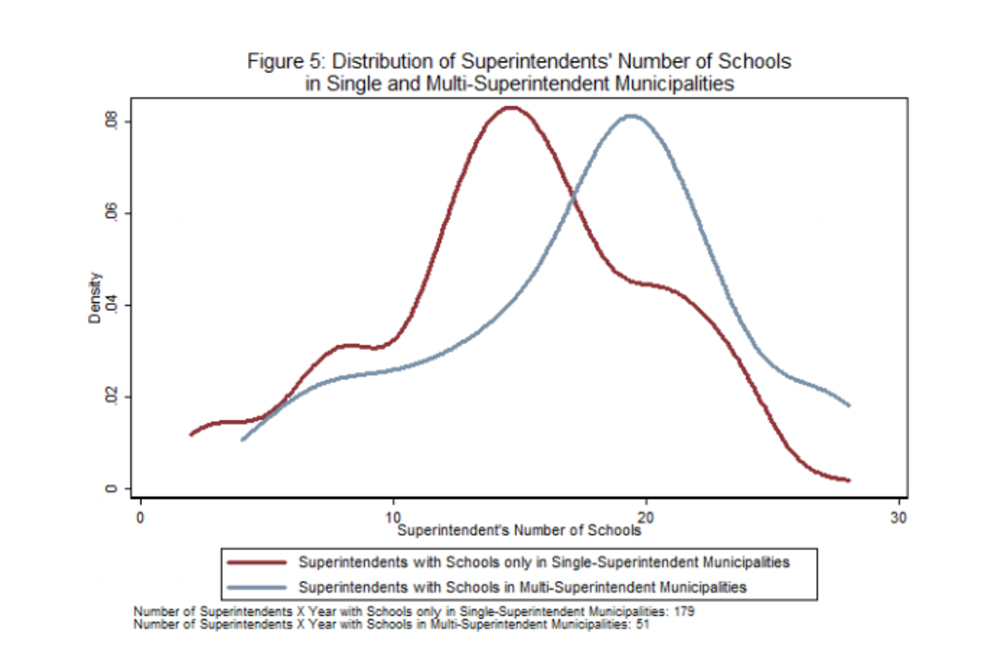New Report: What American School Districts Can Learn From How Israel Successfully Rotates Its Superintendents

Superintendent quality trickles down to school-level results such as standardized test scores and school climate, according to a new study on the Israeli education system published by the National Bureau of Economic Research. The paper is part of a growing strand of research examining management quality in public schools, and it contributes to the debate over district leaders’ true importance in the United States.
Conducted by Israeli researchers, the study takes advantage of the country’s practice of regularly rotating schools in superintendents’ portfolios every 3 to 5 years. While district leadership assignments in many countries are largely non-random — the most experienced and effective administrators may be placed in particularly challenging areas, or else choose a plum role in an affluent community elsewhere — Israel’s superintendents have new schools assigned to them as veterans retire or are promoted.
The authors estimate that the average school experiences a superintendent change every 5–6 years. In most instances, the country’s ministry of education simply transfers a retiring superintendent’s entire group of schools — usually around 15 — to a new leader. This shuffling, the authors argue, means selection bias played no role in their results.

For an indicator of school quality, the study uses Growth and Effectiveness Measurements for Schools (GEMS) data from 2002 to 2005. GEMS includes standardized test data in Hebrew, English, and math for fifth- and eighth-graders, along with surveys of staff morale and student well-being. With the exception of religious Orthodox and Arab schools, each primary and middle school in the country is measured every two years, so the four-year data set gave the authors a window into two rounds of assessments.
The authors also ranked superintendents’ “value added” by measuring academic achievement at schools that remained under the same superintendent for the duration of the experiment and at schools that switched to new superintendents during that time.
The study’s conclusion: Being assigned to a more effective superintendent meaningfully benefited a school’s academic performance. Test scores rose incrementally as superintendent quality improved, with the effects visible in students on either end of the socioeconomic divide.
“Schools with higher quality superintendents are more likely to address school climate, violence and bullying, and implement interventions that lead to lower violence in school and higher social school satisfaction among students,” they write, directly comparing the reduction of violence and bullying in schools with especially engaged superintendents to the “no excuses” philosophy of American charter schools.
The results come at a time when the importance of school and district management is being reconsidered and traditional educational structures have come into competition with new challengers. Some researchers have pointed to collaborative networks of schools in New Zealand and the United Kingdom as a model for American reformers.
Others have argued that district leaders are largely interchangeable, with truly outstanding officials among the rarest of creatures in the education menagerie. In a 2014 paper for the Brookings Institution, Matt Chingos and Russ Whitehurst wrote that “in general, school district superintendents have very little influence on student achievement in the districts in which they serve.”
Help fund stories like this. Donate now!

;)
